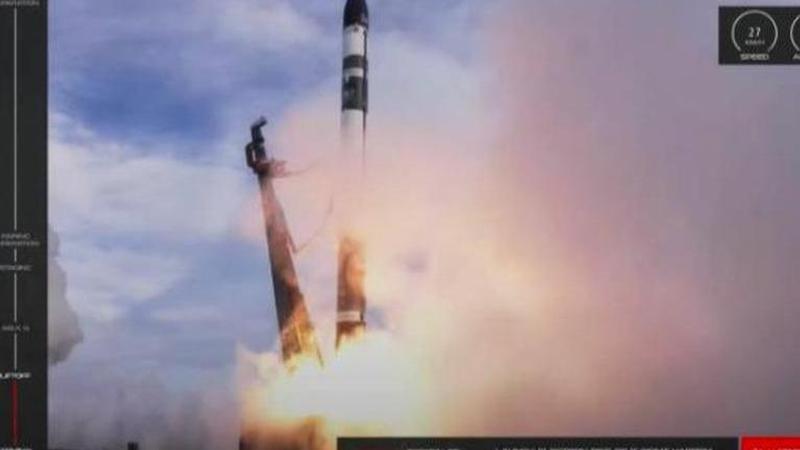Published 12:14 IST, July 5th 2020
Rocket carrying seven satellites 'lost' after take-off from New Zealand launch pad
Nearly three weeks after the last flight of Rocket Lab’s workhorse Electron rocket, the California-based company launched the Rocket Lab’s electron booster.

On July 5, NASA announced that the launch of Electron Flight 13 which featured seven small satellites as the payload failed to reach the orbit. Nearly three weeks after the last flight of Rocket Lab’s workhorse Electron rocket, the California-based company launched the Rocket Lab’s electron booster from Launch Complex 1 Pad A at Mahia in New Zealand at 5:19 pm Eastern, 21:19 UTC (9:19 am NZT), NASA said in the release. The Earth-imaging satellites, including five payloads for satellite-imaging company Planet, as well as a satellite for Canon Electronics and one for UK-based In-Space Missions have been lost in the mission.
Rocket Lab CEO Peter Beck apologized for the failure on Twitter. "I am incredibly sorry that we failed to deliver our customers satellites today," he wrote on Twitter. "Rest assured we will find the issue, correct it and be back on the pad soon." As per a report, the mission was the third launch for Rocket Lab so far in 2020 and in its latest launch, the company broke record in the fastest turnaround time between its Electron launches. While the launch of the Electron Flight 13 took approximately 20 days, the previous launch turnaround record stood at 35 days between Electron Flights 3 and 4 in November and December 2018, according to NASA.
A 2 minute and 27 second burn of the Curie engine was to begin at approximately 49 minutes and 39 seconds into the flight. This would have place the kick stage in the target orbit required for payload deployment, which was to take place approximately an hour after launch—NASA
As many as seven payloads in total had to be sent to separate destinations in low Earth orbit, with six out of the seven serving as Earth observation satellites. And therefore, the Rocket Lab titled the mission with the nickname “Pics Or It Didn’t Happen”. As per a space journal report, the problem during the rocket's second-stage is being suspected as the engine burn that led to the loss of all seven payloads.
Delayed to July 5 due to bad weather
For the first few crucial minutes, the Flight 13 launch process went as it was planned however, shortly, the live video feed from the rocket was stuck. The company's live broadcast showed that the rocket started to lose its speed and altitude and it was then that the company Rocket Lab had to cut the live video feed. Originally scheduled for a launch on July 3, Flight 13 was delayed to July 5 due to bad weather.
(All Images Credit: NASA/Rocket Lab)
Updated 12:14 IST, July 5th 2020






